Timber forests along the riverbank
We left the hotel and pretty topiary gardens and made good time to Odawara Station. Nice views of small settlements and dark green timber forests along the riverbank. A smooth ride on the Shinkansen to Nagoya where a new guide met us on the platform, an easy transition to the a limited-express train for Takayama. Both trains were very comfortable, air-conditioned and spotless. Japan is one of the cleanest countries I have ever visited.
Arriving at Takayama, an ancient tranquil city known as “Little Kyoto”, our first stop Hida Takayama Tourist Information Office for map of the city and brochures. Takayama is better known as Hida Takayama because of the forest terrain, and to differentiate from other towns also called Takayama. ‘Hida’ means tall forest trees. Forest trees have provided timber for building homes and temples in the province for centuries. Walking across the bridge over Miyagawa River we entered through the Torii Gate. Takayamas population is 92,369. It is in the Gifu Province of Japan.
Takayama is a town of historical importance. It has endured in its present form from the 16th century when the Kanamori clan built Takayama Castle. The city came under the control of the Shogunate of Tokugawa about 100 years later. The history of Takayama settlement dates well before that in the Joman period, which is so far back it is hard to imagine (Japanese prehistory about 14,000 BC to 300 BC). The high altitude and mountainous region of the province kept Takayama a fairly isolated settlement for 300 years.
Takayama craftsmen famous for their carpentry skills
Takayama was our first experience with traditional Japanese timber buildings and homes. The men of Takayama are known and respected for their carpentry skills throughout the province and country. In the past carpenters from Takayama called upon to work on the Imperial Palace in Kyoto and important temples in Kyoto and Nara.
Traditional timber buildings
The traditional timber buildings in Takayama all look very sombre, their dark colors broken only by the colored flags in front of the shops, a topiary green potted tree, or the odd forest pine. The timber houses painted with soot, hence the dark color. Black soot from the wood fires is apparently a good preservative, also plentiful in earlier times as people used wood fires inside their houses for cooking and heating. Winters are long and cold in this region of the Gifu province with constant snow falls. Takayama has an annual snowfall averaging 5.11m. On occasion temperatures may drop as low as -15 degrees Celsius and may not reach above freezing point during the day. Very cold, brrrrrrrrrrr!
Kusakabe Heritage House – Edo style architecture
After we checked into our hotel we went for a stroll with our guide down the streets of the old town and looked through a traditional timber house, Kusakabe Mingei-Kan (Kusakabe Heritage House). The home, owned by wealthy merchants whose business thrived under the Tokugawa Shogunate. The original timber house burnt down in 1875AD, and the present house rebuilt in 1879AD in the Edo architectural style. It is a two-storied timber construction with a stairwell, characteristics of Edo style architecture. A very strong house constructed with the use of large timber beams and pillars made from Japanese Cypress known as Kinoki. The roof has a slight slant with overhanging eaves. The windows have slender latticework (known as Konushi). The house, finished with a paint made from soot. One outside wall of the house painted white in distinct contrast to the other soot painted walls.
The interior of the Kusakabe heritage house is spacious needing no decoration, interest created by the Kinoki timber beams and pillars in its construction. Tatami mats cover floors with cushions for kneeling.
An ‘Irori’ or sunken hearth-overhead ‘Jizai-kagi’ an adjustable hanging hook
I loved the family room with the open fireplace or sunken hearth made of iron called an Irori. Hanging above the Irori is a huge hook for hanging heating pots for water, cooking, tea-making and providing warmth to its inhabitants.The huge hanging hook is adjustable and is known as a jizai-kagi. The Irori is the central place in the house where the family gather to share meals and discuss the days events. It is easy to imagine a timber fire burning brightly in this room with all the family gathered around. Handsome dark furniture made from Japanese cypress line the walls.
It is quite a large house and so interesting to view a typical Japanese house of that era. Most houses of this era, like this one, have a personal shrine and typical Japanese garden. The adjoining warehouse exhibits an interesting collection of ancient pottery, bamboo ware, furniture, chairs, a personal carriage and personal items.
The Kusakabe house is now a museum, registered in 1966 on the list of national important cultural assets of Japan. It is a prime example of Meiji era architecture and is a typical common house of the period.
Admission: 500 Yen
Related Posts:
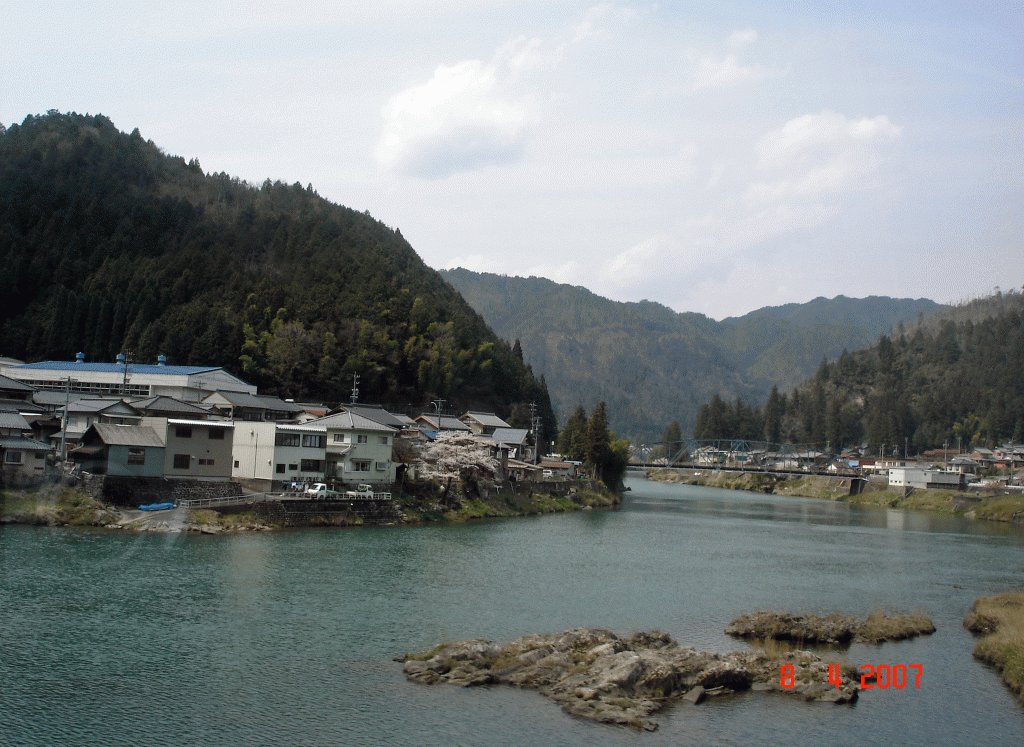
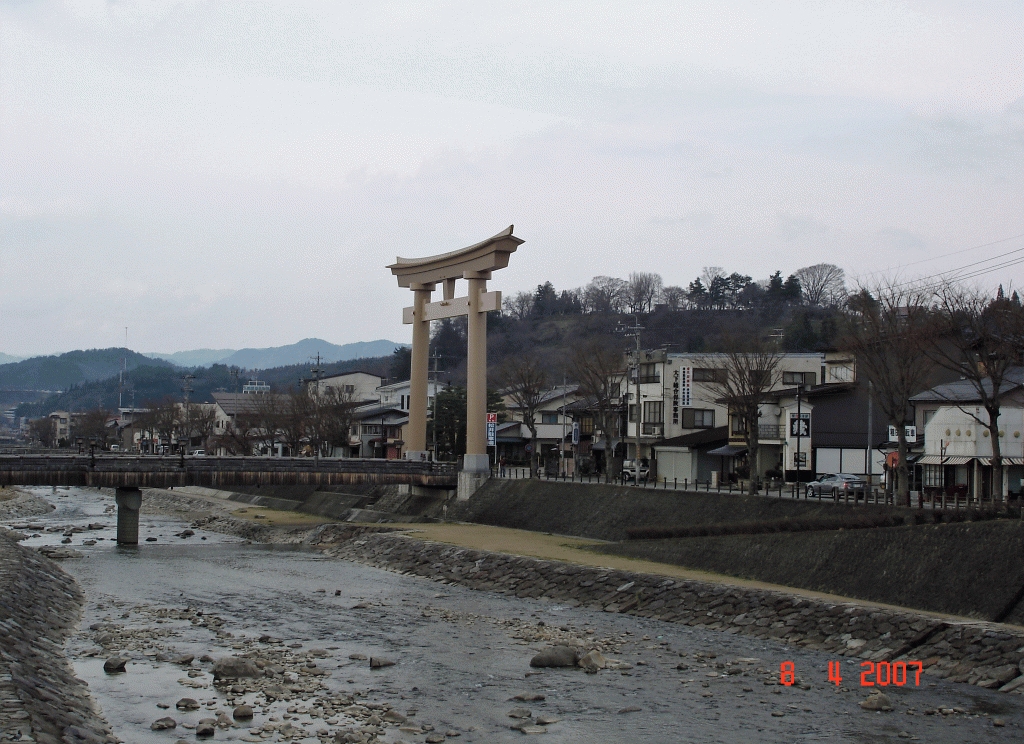
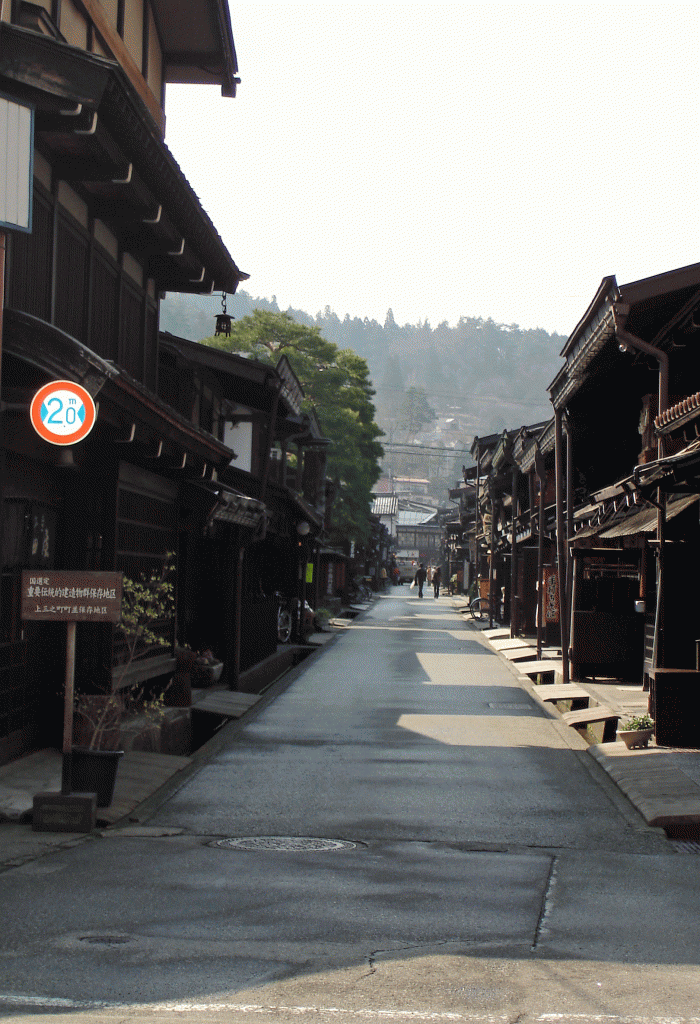
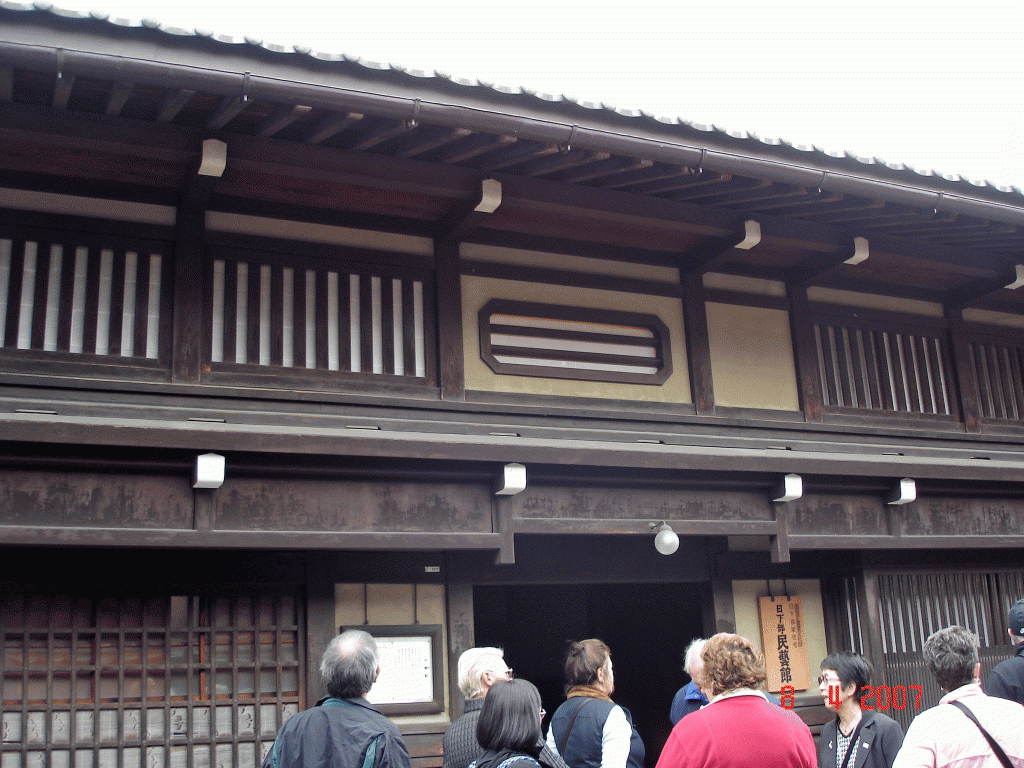
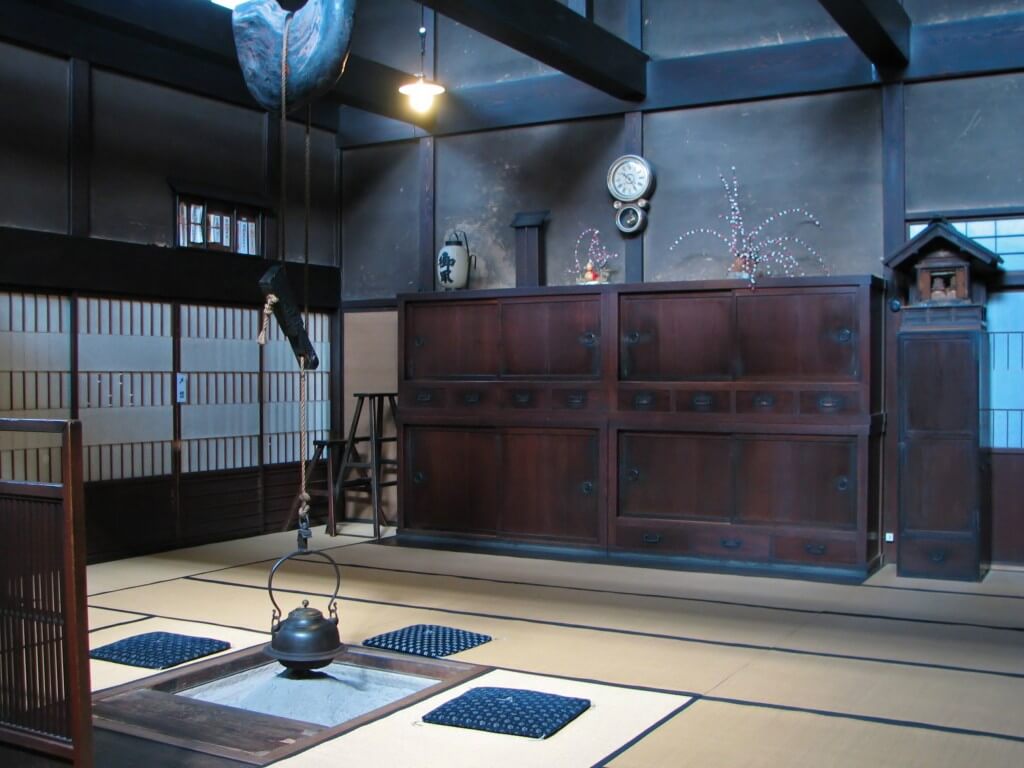
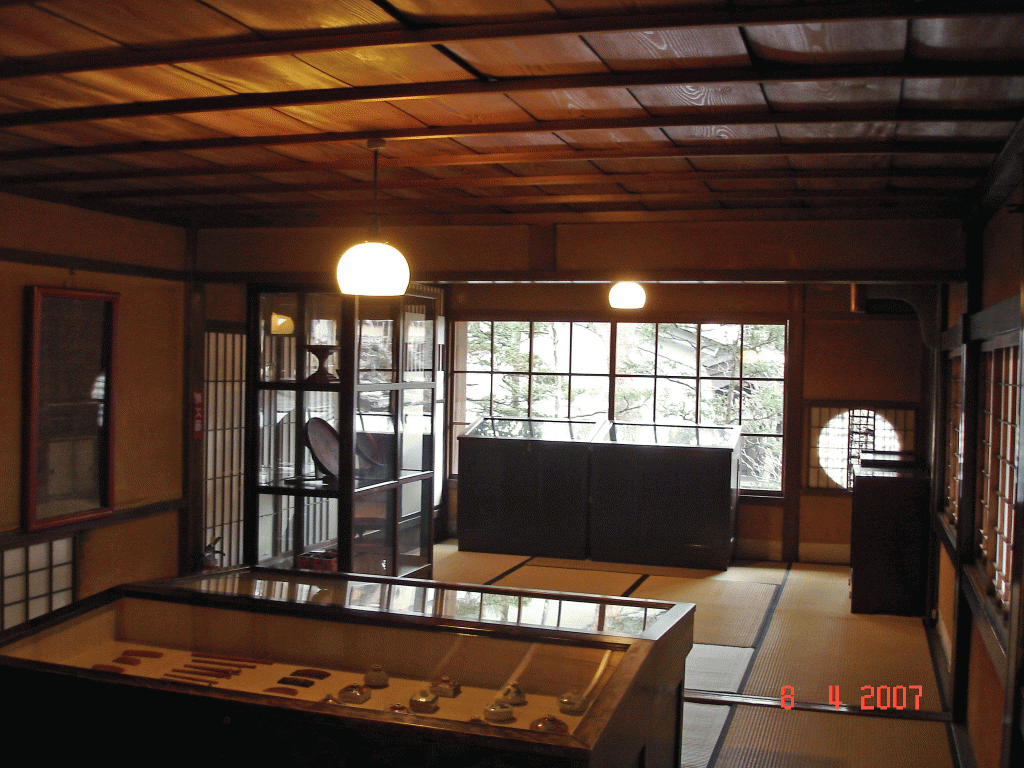
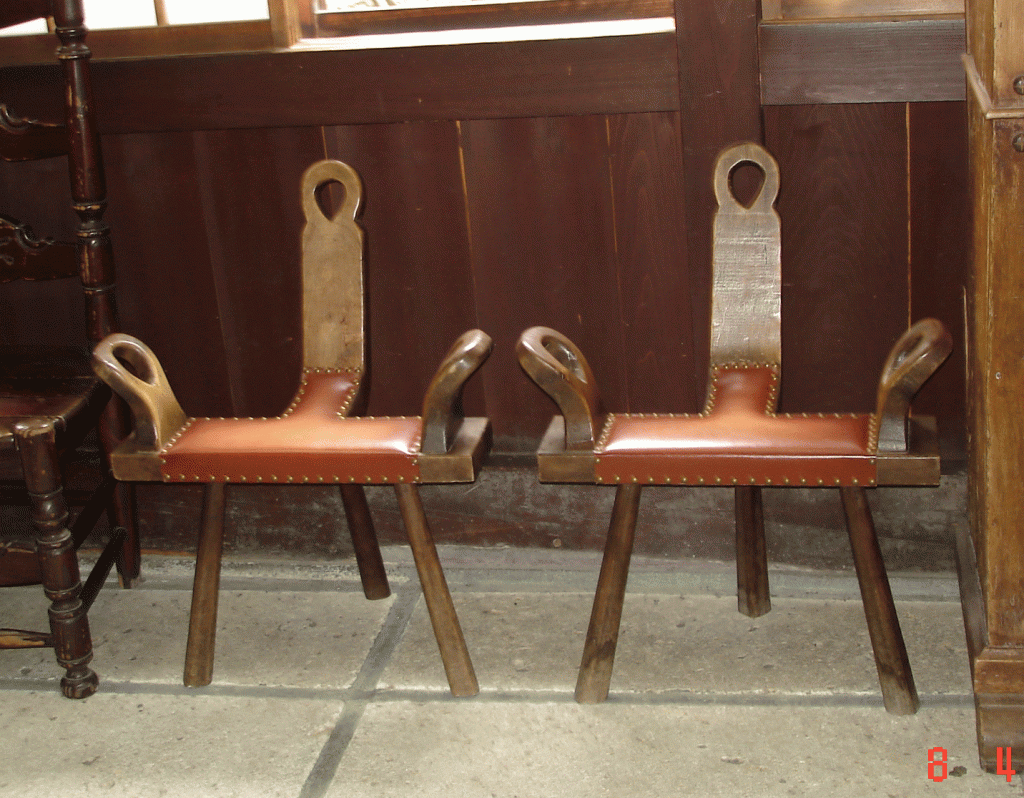
Speak Your Mind